https://www.facebook.com/WBurghP/posts/2706210736324654
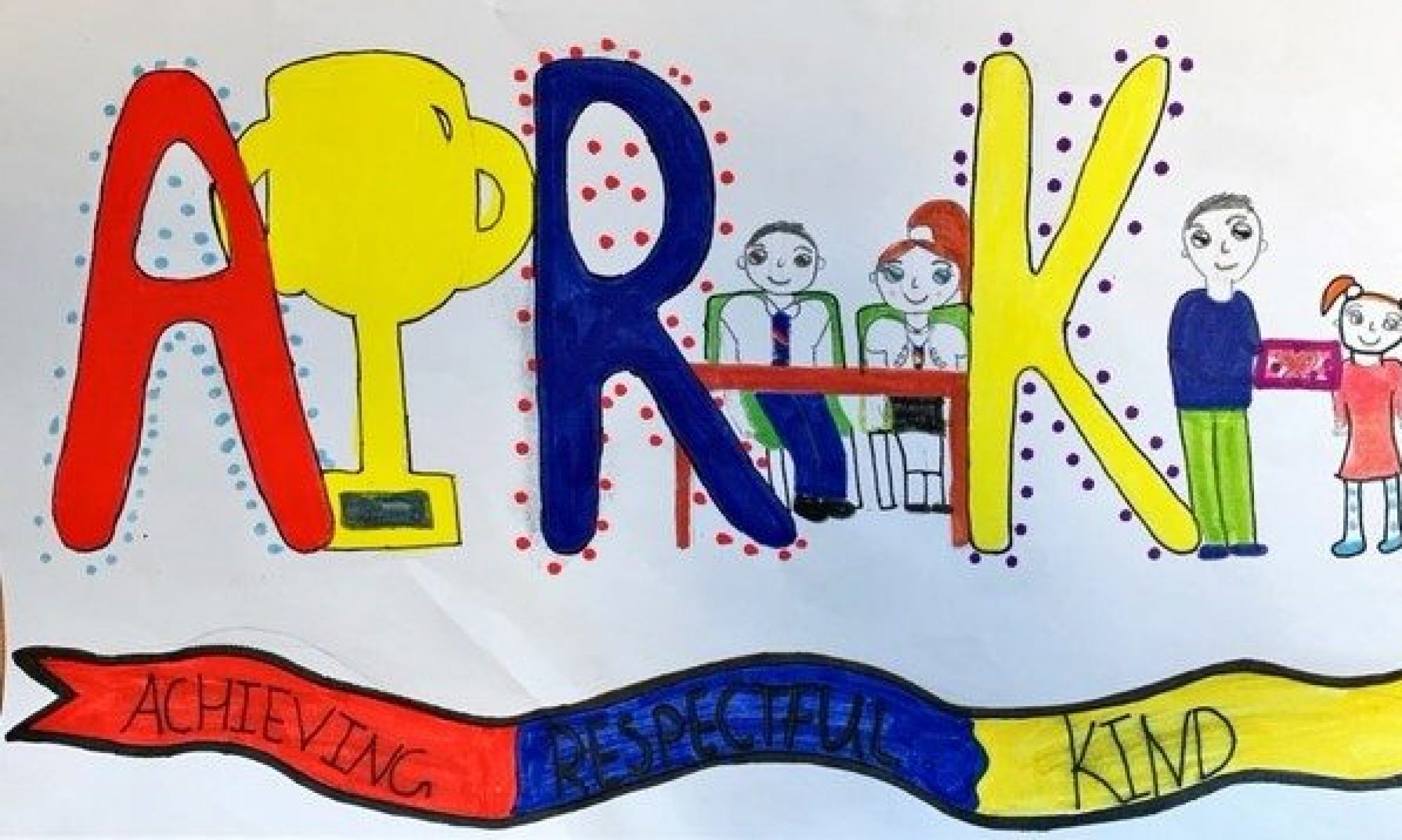
Achieving, Respect and Kindness
https://www.facebook.com/WBurghP/posts/2706210736324654
Warm up an wake up your bodies. Try this squat challenge – ask an adult to join in with you!
Did you manage to keep it up all the way through the song without giving up? Are your legs burning? Give your self a good shake!
https://www.topmarks.co.uk/maths-games/hit-the-button
subtraction_0202_no_regrouping_001
subtraction_3digit_3digit_noregrouping_001
Roll the dice again to reflect on your learning. 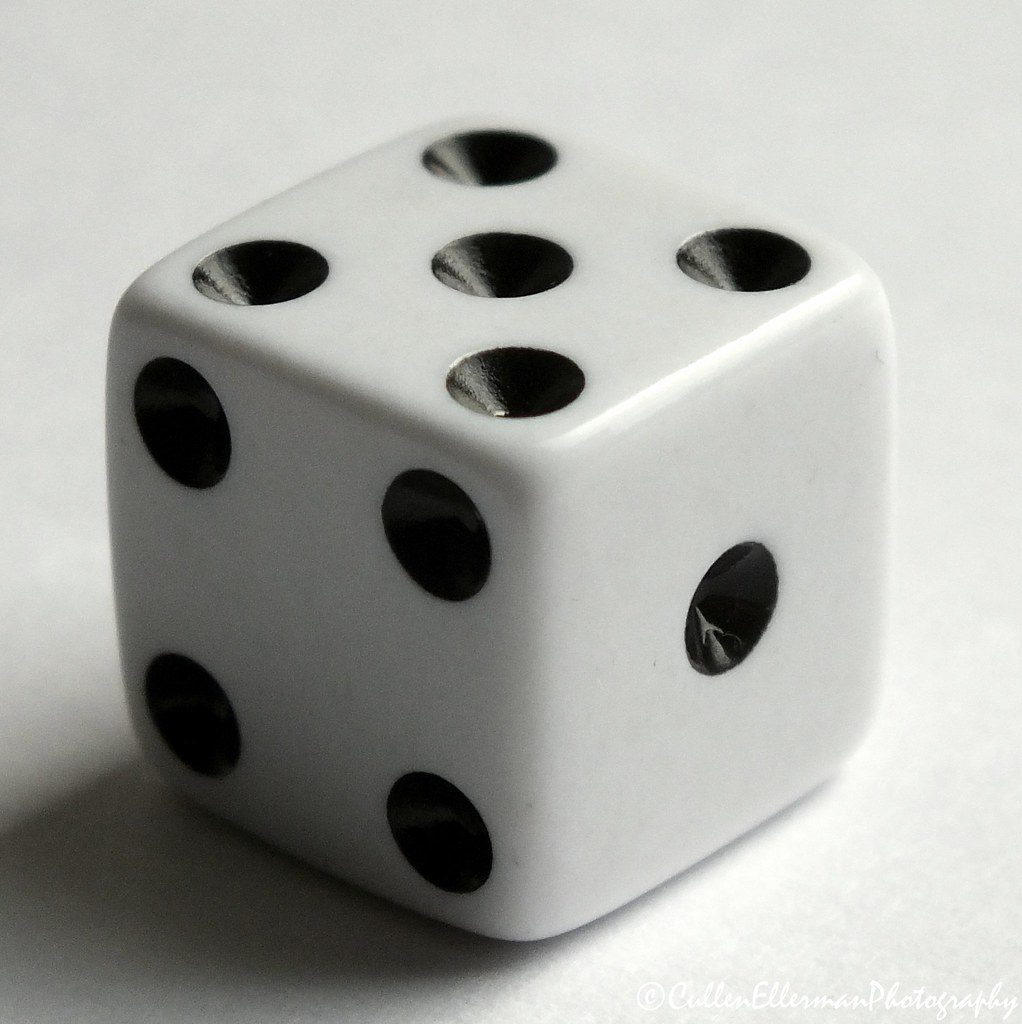

Read the number words, do the calculation and write the answers in words.
six add three makes _____ five add seven equals ____
ten add eight makes ____ nine add four equals ____
two plus one equals _____ one plus nine makes ____
eleven plus seven equals ____ fourteen add six makes ____
nineteen take away four makes ___ seventeen minus eleven equals ___
twelve plus eight makes ___ twenty take away seven is ___

Write these digits as words.
45 _____59_____32_____88_____
72_____27_____91_____63______
Feeling brave? Try these super hard calculations!
twenty-four add seven makes ________
thirty-six minus ten makes _____
forty-two plus nine is ________________
seventy nine take away three is ___
fifty-eight minus two equals _________
ninety-eight take away seven makes __
https://www.youtube.com/watch?v=-kHtGbnYKGc
Odd or Even?
a) 3 b) 8 c) 11 d) 15 e) 20 f) 27 g) 32
h) 44 i) 51 j) 89 k) 106
Number Bonds to 19 Revision (Think about the place value, tens and units too!)
1.
If that is easy then try these:
5+4+__=20 7+3+__=19
11+3+__=23 9+3+__=27
14+2+__=26 20+10+__=50
2. Log into Sumdog.com
Crack the code to find out a new fun fact!
Each letter matches a number. There are two levels and two facts!
Choose your skill level or do both!
Have fun.
 Match the numbers to the letters to discover the fact.
Match the numbers to the letters to discover the fact.
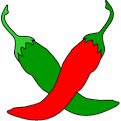 Work out the answers and match each number to a letter.
Work out the answers and match each number to a letter.
If you’ve done the Read, Write and Remember task, you could add these facts to your list!
Choose Day 1 – Write the answers in your jotter.
CfE-N-409-First-Level-b-Maths-Morning-Starters-Term-4-Week-1-PowerPoint_ver_6
Today we are learning about standard units that are used to measure weight or mass.
t-n-2545693-ks1-maths-measuring-weight-differentiated-a4-display-poster-english
Play the game on the PowerPoint below.
t-n-7370-what-is-the-mass-powerpoint-game_ver_1
Your challenge today is to make something in the kitchen with an adult. It has to be a recipe where you have to weigh something. Enjoy making it and eating it!
Here are some easy recipe ideas:
https://www.bbcgoodfood.com/recipes/vanilla-cupcakes
https://www.bbcgoodfood.com/recipes/simple-iced-biscuits
https://www.bbcgoodfood.com/user/896076/recipe/chocolate-muffins
Write the ingredients that you used for your recipe neatly in your home learning jotter. If you would like to, you could write instructions on how you made them. Take a photo and draw a picture of what you made.
Reading Task
Make a den or find a special place to read a book. When I was a little girl I used to hide behind the sofa and my book. I liked it because there was a nice warm radiator there. If you are making a den, ask an adult first if it is ok.
You can choose your own book or listen and read along with the story below called No Matter What by Debi Gliori.
https://www.youtube.com/watch?v=tD6e3rxL9Is
Click on the link below and you can read the story your self now.
http://www.debiglioribooks.com/no-matter-what

I thought you maybe enjoy listening to a song called ‘Food Glorious Food’ from the musical ‘Oliver’ which is based on the book Oliver Twist by Charles Dickens. Charles Dickens is a famous author who lived during Victorian times.
See if you can find out what gruel is, maybe you can leave us a message!
Practise your addition skills.
There are 4 activities so either do them all (WOW!) or aim for the level that challenges you best!
!![]() Number stories written across the way.
Number stories written across the way.
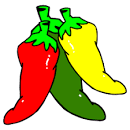 Remember Miss Rai’s partitioning video last week? Open this link
Remember Miss Rai’s partitioning video last week? Open this link

Have fun!
Good morning Primary 2! We hope you all had a lovely weekend. Here is our morning song, sing and dance along to wake you up!
How many words can you make out of these letters?
We are used to long vowel sounds using magic ‘e’ but this week we are going to look at a different long vowel sound: ‘ea’
‘ea’ makes the same sound as ‘ee’ and ‘e_e’. Where e_e has a silent e at the end of the word, ‘ea’ mostly found at the middle of a word e.g. beak, leak, cheap. However, there are some words that do end in ‘ea’ e.g. tea, flea, sea
Remember the rule, when 2 vowels go walking, the first one does the talking. In this case the e in ‘ea’ is in charge and makes the long e sound!
Let’s visit Geraldine the Giraffe:
TASK
Did you know you can access reading books for free online? Oxfordowl.co.uk is providing access to free reading ebooks. All you need to do is get an adult to sign you up. Here is the link below to get you started. If you do not know which level/band to read then look at the back of your reading book in your homework pack to start you off. If the book is too easy for you then try non-fiction as they can be trickier or jump up a band. If you are finding a book tricky then jump down a band until you become more confident and familiar with your tricky words and phonics. Remember it doesn’t matter, as long as your are having a go at reading. Any problems or questions then leave a comment.
Watch the video to recap telling time using o’clock’ and ‘half past’
Length : Non-standards units of Measurement
This week we will focus on measurement. What is measurement? Why is it important? Can you think of some everyday examples of measurement?
There are different units of measurement but today we will revise non standard units of measurement used to measure length. Length is the measurement of distance, how long something is from one end to the other. Length can be measure in many ways, can you think of some?
Today we will be using non standards of measurements, like hands, feet, cubes. Did you know you can use any object to measure the length of something, as long as you follow these rules:
Watch the clip below:
TASK
2. Get some paper and draw around your hand and cut it out. Now draw around your foot and cut it out. Can you use lego bricks, pasta, etc. to measure how long your foot and hand is?
3. Let’s use your ‘hand’ to measure the length of larger objects. Go around your home and use your ‘hand’ to measure 4 objects! Record your answers in your jotter or notebook.
4. Now repeat the above but this time using your ‘foot’ and record your answers. You can record your answers in a table like the one below. What did you notice?
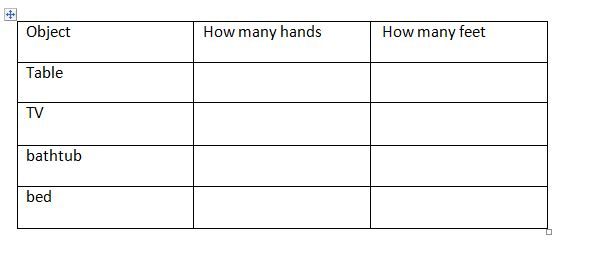 5. What is the problem of using non standard units of measurement like hands and feet? To help you answer this, go and draw around a family member’s hand or/and foot. Cut it out and use it to measure the same 4 objects from before. What did you notice this time?
5. What is the problem of using non standard units of measurement like hands and feet? To help you answer this, go and draw around a family member’s hand or/and foot. Cut it out and use it to measure the same 4 objects from before. What did you notice this time?
Finishing Task/ Plenary
Remember to wash your hands before you have your lunch.
https://www.youtube.com/watch?v=FnVXTEUmba8
Click on the link below. There are a number of handwriting sheets with the first 100 high frequency words. You can do one sheet or as many as you you would like. Remember it is quality not quantity. If you are able you can print them or just copy a page neatly into your jotter.
Don’t forget
t-l-9435-first-100-high-frequency-words-handwriting-activity-sheets-
Listen to this story called Troll by Julia Donaldson.
Have a go at drawing a map of one or all of the places or islands from the story you have just listened to . See how much detail you can include. Discuss your map with someone at home so you can add more detail if necessary.
Here are some pictures of treasure maps to give you some ideas.
A successful map should have:

Spent 20 minutes on Sum dog.
Consolidate you learning adding tens and units together. Either print the sheet or copy the sums neatly into your jotter.
addition_2digit_noregrouping_001
Do you know any good jokes?
Remember you all have login details for Sumdog maths in your homework pack jotters. Login and play Maths games. We will set up challenges throughout the week too!
